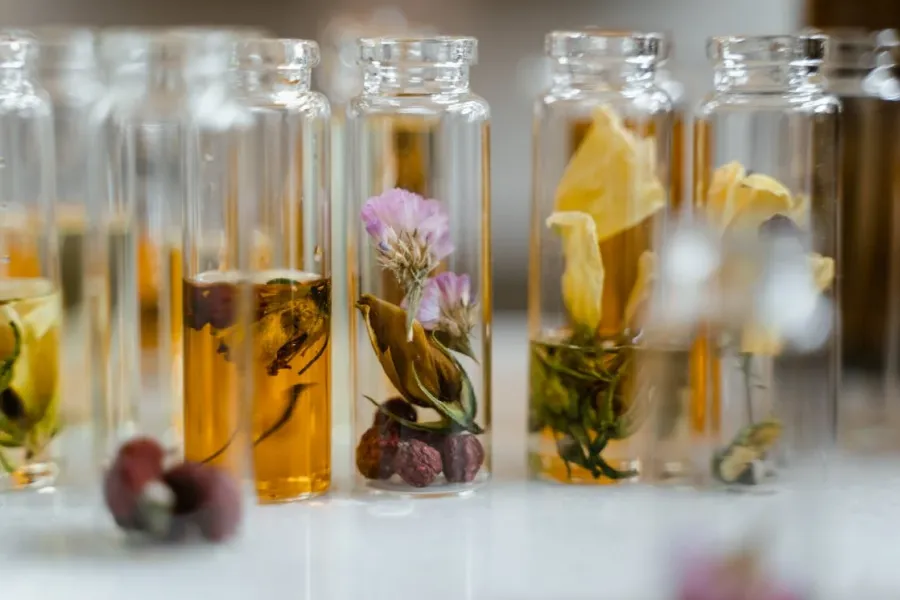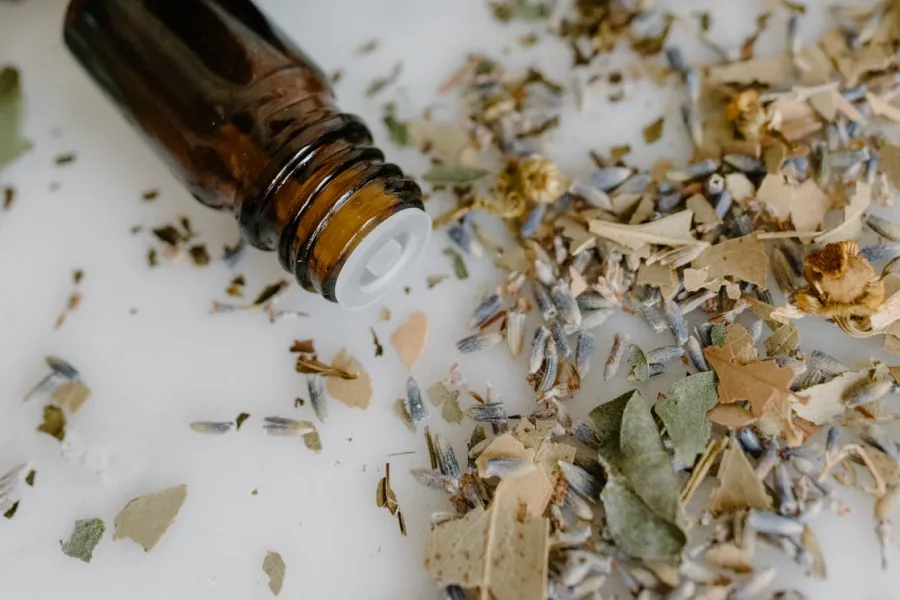
Creating your own scents feels magical. This Beginners Guide to Aromatic Oil Blending gives you practical ways to mix fragrance oils for personal care and home. You can start small with a few drops and build a collection that reflects your style.

Every journey begins with basics. You need to understand how to blend essential and fragrance oils. Start with a few simple notes. Florals, citrus, and woods combine well. This balance gives your creations depth and personality. The best part is you control every layer of the scent.
One helpful resource is The Art of Aroma: A Beginner’s Guide to Using Fragrance Oils. It explains techniques clearly. You learn how to avoid overpowering notes and keep balance. Beginners often overuse strong scents. With guidance, you learn moderation and harmony.
Scent mixing feels like cooking. You balance top, middle, and base notes. These layers unfold gradually. Understanding scent mixing basics for beginners makes blending easier. For example, citrus makes a fresh top layer, while florals create a heart. Woods or musks ground the blend with a long-lasting finish.
You can practice with tiny amounts. Test on blotter strips or cotton pads. Write down your blends and track changes. Documenting steps helps you refine recipes over time. Your sense of smell gets sharper with practice, guiding you to better balance.
If you love personal scents, try DIY perfume oil blending tips. Use a carrier oil such as jojoba or almond. Start with 20% fragrance oil and adjust to taste. Keep blends in dark glass bottles to preserve freshness.
Perfume oils evolve over time. What you smell today may shift tomorrow. That’s part of the beauty of blending. You create living scents that adapt and grow.
Want to try custom aroma recipes for starters? Start with themed blends. A calming mix might include lavender, vanilla, and sandalwood. For energy, combine citrus, mint, and rosemary. These recipes give you a safe foundation before experimenting further.
The Art of Aroma: A Beginner’s Guide to Using Fragrance Oils helps you discover dozens of ideas. It includes tips for body oils, room sprays, and bath blends. Having clear recipes saves time and builds confidence. You also avoid costly mistakes when handling strong oils.

Your home feels more inviting with fragrance. You can use simple blending techniques for home fragrance. Candle making, reed diffusers, or linen sprays all benefit from blended oils. For candles, start with blends heavy on base notes to endure heat. For sprays, focus on lighter top notes for freshness.
Keep experiments small at first. That way you test without wasting materials. Once you find a winning blend, scale it up. Your home becomes a signature space with scents that match your taste. Blending gives you both comfort and creativity.
Different seasons call for different moods. In spring, light florals mixed with citrus feel fresh and uplifting. Summer blends shine with mint, coconut, and tropical fruits. Autumn invites cozy combinations like cinnamon, clove, and orange. Winter feels richer with pine, frankincense, and vanilla.
These seasonal blends create memories. They connect your home and body with the rhythms of nature. By rotating recipes, you keep your senses engaged all year long.
While blending brings joy, beginners often stumble. The most frequent error is using too much oil. Strong notes overpower blends quickly. Another mistake is skipping test phases. Without small trials, you risk wasting large amounts of oils. Some also forget to label their bottles. This makes it hard to recreate a favorite mix later.
Patience helps. Let your blend rest before judging it. Freshly mixed oils may smell harsh at first. After a day, they often settle into harmony. With practice, these mistakes turn into valuable lessons.
Aromas shape mood. Energizing blends with citrus and mint help morning routines. Calming mixes of lavender and chamomile aid restful sleep. Romantic blends might pair rose, ylang-ylang, and vanilla. Each recipe becomes a tool to support daily life. These blends make your day more mindful and intentional.

A structured resource like The Art of Aroma: A Beginner’s Guide to Using Fragrance Oils keeps your progress smooth. It provides safety advice, blending ratios, and creative recipes. With it, you avoid common pitfalls such as overpowering scents or unstable blends.
The benefits go beyond fragrance. Blending reduces stress and sparks creativity. You create unique perfumes, calming room sprays, or energizing bath soaks. Each blend feels personal and crafted for your lifestyle. That’s why this guide is valuable for both beginners and hobbyists.
With practice and curiosity, you’ll craft blends that express your personality. This Beginners Guide to Aromatic Oil Blending serves as your first step into a world of scent artistry. Once you begin, you’ll never look at fragrance the same way again.
Leave a comment